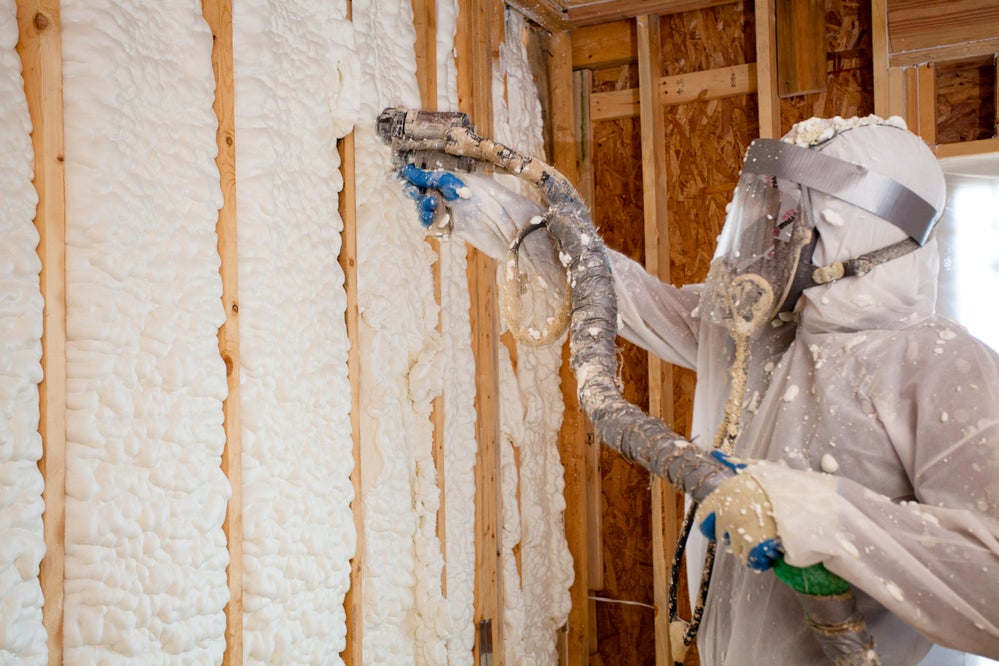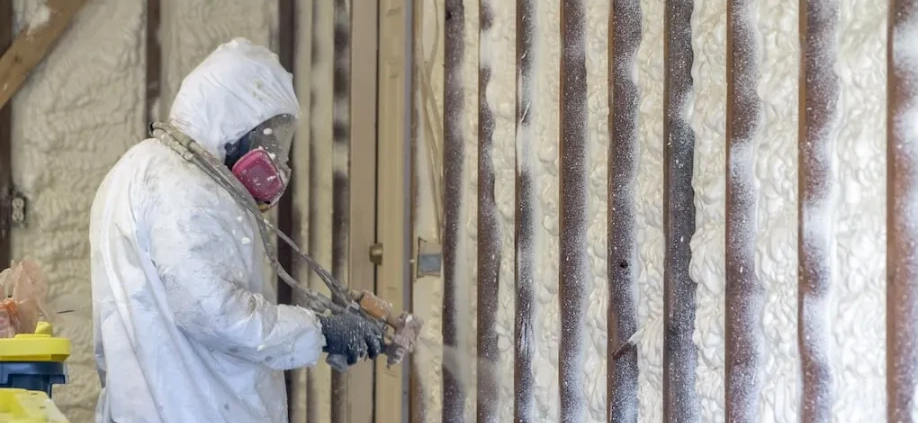How Open-Cell Spray Foam Improves Indoor Air Quality
If you’ve been sneezing more inside than outside, something’s off. Maybe you’ve noticed that musty smell in the attic, or you’ve given up on keeping dust under control. Indoor air quality isn’t just a “nice to have.” Poor air can mess with your comfort, health, and even productivity. The problem often starts with the building envelope—tiny cracks, unsealed walls, and poor insulation letting in air you don’t want.
Open-cell spray foam insulation isn’t just about keeping your house warm in winter or cool in summer. It plays a direct role in filtering what’s in the air you breathe. By expanding into small spaces and sealing air leaks, it helps cut down on pollutants, allergens, and moisture problems before they reach your lungs.
How Open-Cell Spray Foam Creates Cleaner Air
The key to better indoor air starts with controlling how air moves in and out of your property. Open-cell spray foam works by expanding into gaps and cracks, forming an air barrier that limits the flow of outdoor contaminants inside.
Reducing Dust and Allergen Infiltration
Unsealed attics, walls, and crawl spaces are prime entry points for dust, pollen, and other airborne irritants. Open-cell spray foam blocks these pathways, meaning less debris circulates indoors. That’s especially helpful for people dealing with seasonal allergies or asthma.
Moisture and Humidity Management
Moist air is a breeding ground for mold spores and mildew. Open-cell spray foam helps limit uncontrolled moisture movement by sealing leaks and stabilizing humidity levels. While it’s more vapor-permeable than closed-cell foam, when installed correctly, it still plays a role in keeping dampness from becoming a problem.
Fun Fact
An average person spends about 90% of their life indoors. That’s a lot of breathing time—so cutting down on pollutants really matters.

Why Air Movement Control is Essential for Health
Indoor air problems often come down to uncontrolled airflow. Every time air leaks in, it can carry pollutants from outside or from unconditioned spaces inside the building.
Pollutants From Outdoor Sources
Pollen, vehicle exhaust, and industrial particles can enter through unsealed gaps. Once inside, they settle in carpets, furniture, and air ducts.
Pollutants From Inside the Building
Attics and crawl spaces often contain dust, insulation fibers, or even pest-related debris. Without a good air seal, these particles can circulate through your living or working space.
HVAC Efficiency and Filtration
When air leaks are reduced, HVAC systems filter air more effectively. The system spends less time pulling in unfiltered air, making each cycle cleaner and more efficient.
Comparing Open-Cell and Closed-Cell Spray Foam for Air Quality
Both types of spray foam provide air sealing benefits, but they differ in moisture control and density.
| Feature | Open-Cell Spray Foam | Closed-Cell Spray Foam |
|---|---|---|
| Density | Lower, softer texture | Higher, rigid structure |
| Air Sealing | Excellent | Excellent |
| Vapor Permeability | Higher | Lower |
| Sound Absorption | High | Moderate |
| Moisture Resistance | Moderate | High |
Open-cell foam offers better sound absorption and still creates a strong air seal. While it’s more vapor-permeable, it can be an advantage in certain climates, allowing buildings to dry out rather than trap moisture.
Open-Cell Foam’s Role in Reducing Mold Risk
Mold needs three things to thrive: moisture, warmth, and a food source. By sealing leaks, open-cell foam reduces the moisture supply that mold relies on.
Limiting Condensation Points
When warm, humid air hits cooler surfaces, condensation forms. Open-cell foam helps maintain even indoor surface temperatures, lowering condensation risk.
Preventing Hidden Mold Growth
Mold often forms in walls or attics before it’s visible. Air sealing keeps damp air from reaching these areas in the first place.
Fun Fact
Some mold spores can survive extreme conditions for years, just waiting for moisture to come back. Keeping humidity under control is the best defense.

Steps to Maximize Indoor Air Quality with Open-Cell Spray Foam
Getting the most out of open-cell foam requires more than just spraying it on the walls.
Proper Installation
A continuous application without gaps ensures maximum air sealing. Missed spots can leave openings for pollutants to sneak through.
Pairing With Ventilation
Airtight buildings still need fresh air. Mechanical ventilation systems help maintain oxygen levels and prevent stale indoor air.
Regular HVAC Maintenance
Filters should be changed regularly so the HVAC system can fully benefit from reduced air leaks.
Common Question: Does Open-Cell Spray Foam Make a Building “Too Airtight”?
No. While open-cell foam does create a strong air barrier, it’s still vapor-permeable, meaning it allows some moisture vapor to pass through. This balance makes it suitable for a wide range of climates, especially when paired with intentional ventilation systems.
Conclusion
Open-cell spray foam isn’t just about temperature control—it’s a building upgrade that directly impacts indoor air quality. By sealing gaps, reducing pollutants, and stabilizing humidity, it creates an environment that’s cleaner, healthier, and more comfortable. The improvement in HVAC efficiency is a bonus that can also reduce energy costs over time.
For both residential and commercial properties, investing in open-cell spray foam means fewer allergens, lower mold risk, and cleaner air to breathe every day. When combined with proper ventilation and HVAC maintenance, it’s one of the most effective ways to improve indoor comfort and health — especially when installed by a trusted spray foam insulation contractor.
FAQs
Is open-cell spray foam safe for people with allergies?
Yes, once cured, open-cell foam is inert and doesn’t release particles into the air. Its sealing ability helps reduce allergen entry.
Does open-cell foam help with odors?
It can reduce odors by blocking airflow from areas like attics or crawl spaces where smells originate.
Will open-cell spray foam stop moisture leaks?
It helps limit air-driven moisture but doesn’t replace proper flashing or waterproofing for liquid water control.
How long does open-cell spray foam last?
When installed correctly, it can last for decades without losing its air sealing properties.
Can open-cell spray foam improve HVAC performance?
Yes, by reducing leaks, it allows HVAC systems to filter and condition indoor air more efficiently.
Reviewer: With 11 years in the spray foam field, Aiden Baker reviewed this content and provided advice on building steady growth through practical, honest communication.



Leave a Reply
Want to join the discussion?Feel free to contribute!